Story
My name is Emily Nappi. I was diagnosed with a genetic disorder that ended my career as an EMT first responder and my life as an enthusiastic athlete, or so I thought. Thanks to IM ABLE and adaptive sports, I have found a new beginning.
I am asking for your tax-deductible donation to the IM ABLE Foundation so they can help break down the barrier that is preventing me from getting active.
I am a lifelong New Jersey native with a passion for athletics that has defined much of my life. From an early age, I have been an athlete. I could not get enough of being active, from soccer, softball, basketball, skiing, running, kayaking, sailing, windsurfing, waterskiing, wakeboarding, snowboarding, ballet, and much more. However, when my disability progressed, I felt as though I had lost access to the very essence of my being. Then the IM ABLE Foundation stepped in and is helping change my life.
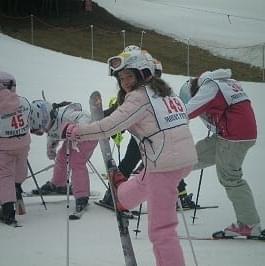
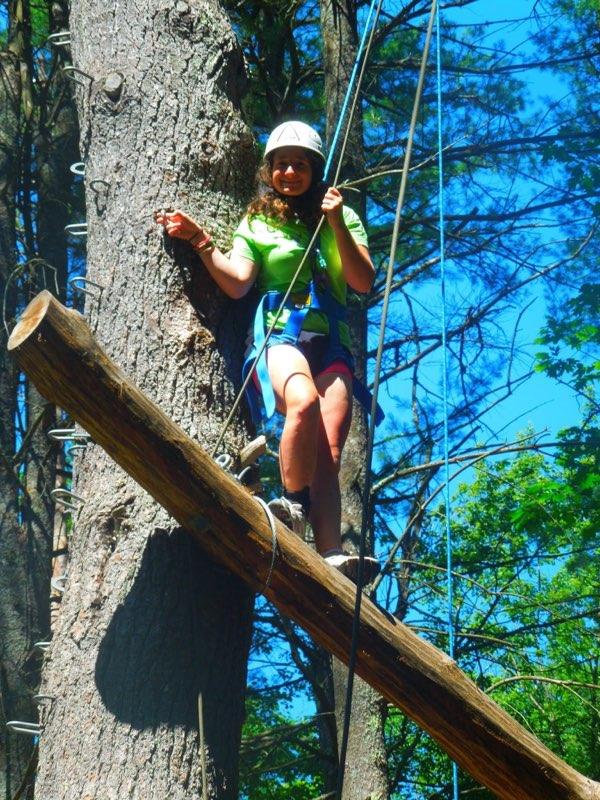
At 16, I began my journey to becoming an EMT, and in the summer of 2014, I successfully became certified. Beginning my career in healthcare at a young age, I sought to break down barriers and prove that determination and passion can overcome any obstacle. I dedicated myself to serving as an EMT, spending eight and a half years on the road, serving from small communities to larger cities. I even worked as a ski patroller, using my emergency knowledge and skiing abilities to help my outdoor community best. I found purpose in aiding others during their times of need. I served on the road during the COVID-19 pandemic, but this brought unforeseen challenges.
An undiagnosed disability progressed and I found myself losing mobility rapidly. I was medically pulled from the road with a new pacemaker and unable to be alone due to fears I would have a cardiac emergency. Very quickly, I lost my independence, my physical health, my career, and the life I had planned.
What was once my avenue of coping, athletics, and outdoor activities was now out of reach. I spiraled. I retreated from the world, becoming depressed, angry, and alone.
Ehlers-Danlos Syndrome was identified as the inherited genetic cause of my progressing disability. The day I was diagnosed, my doctor said to me, “Don’t be optimistic about any improvement; be prepared for it to get worse.” Ehlers-Danlos affects the collagen in my body. Specifically, I have instability in many of my joints and significant instability in my ankle joints, hips, left shoulder, and fingers. Collagen is also in all of a person’s organs. For me, this presents gastrointestinal symptoms, cardiac arrhythmias, and autonomic dysfunction.
Through connecting with family, other individuals with disabilities, adaptive athletes, and outdoor professionals, I took back control of my life and happiness. I enrolled back in college and am a semester away from graduating with a bachelor's degree and continuing by pursuing my doctorate in occupational therapy. I became a dispatcher and work for a local police department.
I couldn't jump back into athletics immediately, but I completed a cardiac rehab program and recently started doing moderate strength training. My physical therapist taught me how to adapt physical activity to my new abilities, allowing me to re-engage with athletics. I learned how to adapt with mobility tools to and I’m no longer trapped in my house. After hard work, I joined Achilles, New Jersey (an organization that transforms the lives of people with disabilities through athletic programs and social connection) and started to handcycle with the assistance of running guides. I started adaptive skiing with the support of my ski patrol family.
This is me on a loaner handcycle:
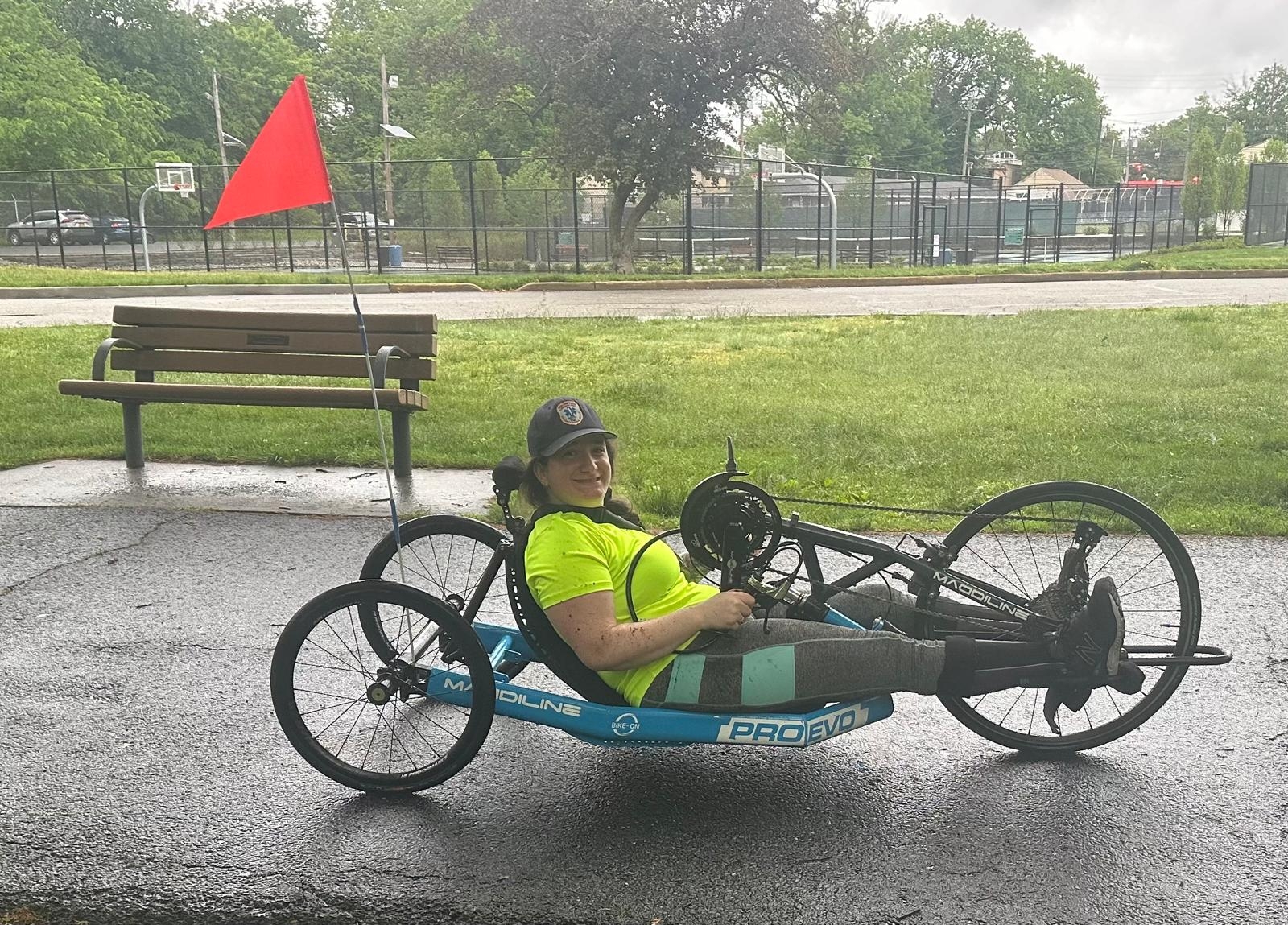
The victim mindset no longer shackles me; I embrace a spirit of overcoming. “Barriers are meant to be broken down” has become my mantra.
I realized that adaptive athletic equipment costs were a barrier that no amount of positive thinking, physical therapy, or determination could help me overcome. In joining hands with the IM ABLE Foundation, I see an opportunity to break down this barrier I cannot conquer alone. By seeking assistance to break down the barrier of obtaining adaptive equipment, I am given a unique opportunity to serve and be an ambassador in the disability community space and the community at large.
“Being seen” is a phrase I learned from a friend with disabilities, highlighting the importance of being visible to the world and not hiding.
Thank you for coming here, for reading my story, and for seeing adaptive athletes. Your donation shows other athletes with disabilities that there is hope, there is a place for us in athletics, and that together we can break down barriers.
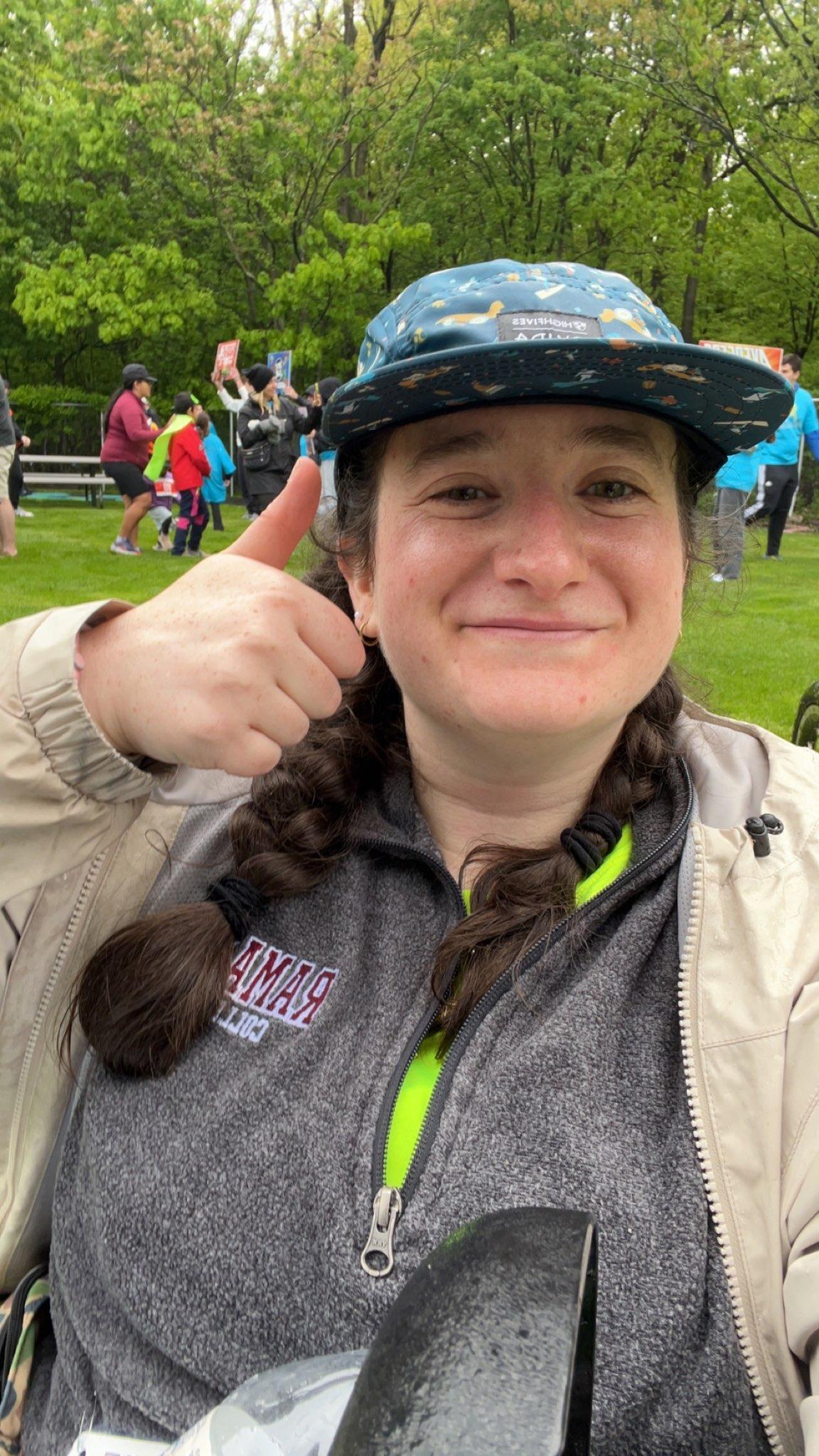
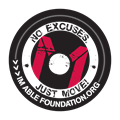 Organised by
Organised by